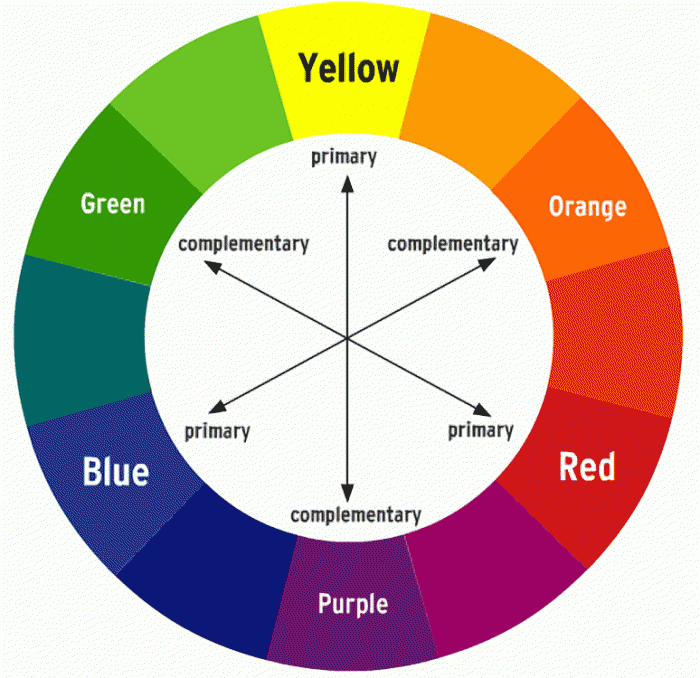A History of Colors: Red
January 18, 2023
Many people, especially artists, may first think of a particular concept of a wheel shown to us as young children and used to explain the abstract relationship between the range of colors.
Every day we walk through a world of vibrant hues without much thought about them. Our eyes take in a vast scale of different colors to brighten our lives. We use them to express ourselves and our emotions. But where did these universally known colors come from?
Red holds significant meaning in many cultures. In Western culture, it represents passion – in the form of both love and anger. Due to its vibrance, it is used as a warning of danger. It triggers the adrenal gland of the brain that produces adrenaline (fight-or-flight response). In India, the color is used at weddings to show purity. In Russia, it symbolizes power. For China, it’s luck. Across the world, red has a general symbolization of power – it is the color of leaders.
As a warm primary color, it is vibrant and has been around for a long time. In the Stone Ages, red ochre, a pigment form, was ground up and mixed with a liquid to produce the earliest known version of paint. In Paleolithic times, red ochre, as well as red clay, was used to decorate bodies. Red ochre “paint” is featured in much prehistoric cave art because it was easily obtainable. In Egypt, it was a form of makeup used to add color to lips and cheeks.
Another shade of red is cinnabar, ranging from a bright scarlet to a darker brick hue. It is also named after a mineral. Egyptians used this as well. During Roman times, it came from mines in Spain.
A perhaps more interesting origin of red is crimson – made from the dried bodies of insects called kermes vermilio. They are crushed and heated to produce the dye.
Stewart, Jessica. “The History of the Color Red: From Ancient Paintings to Louboutin Shoes.” My Modern Met, 4 Mar. 2019, https://mymodernmet.com












